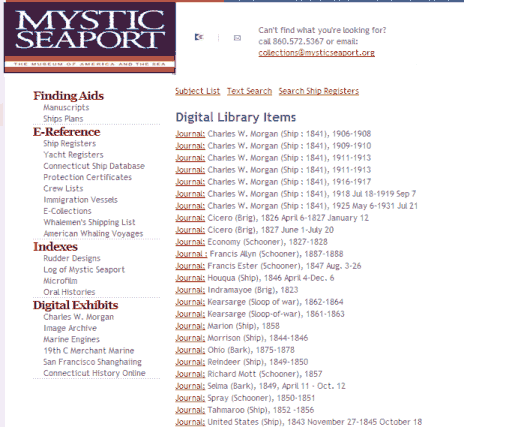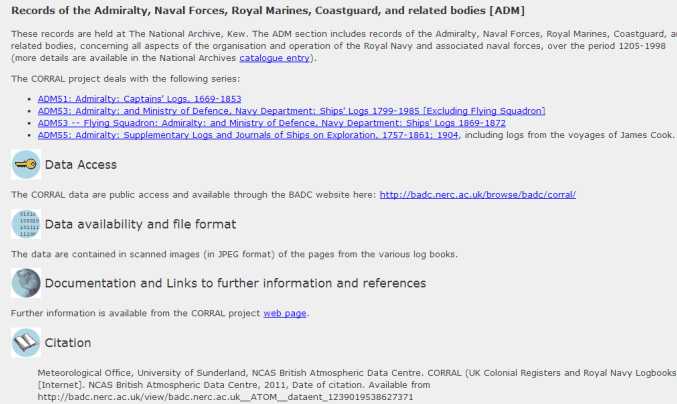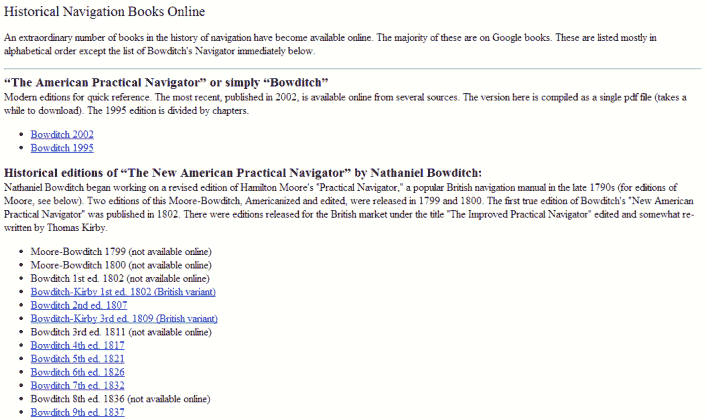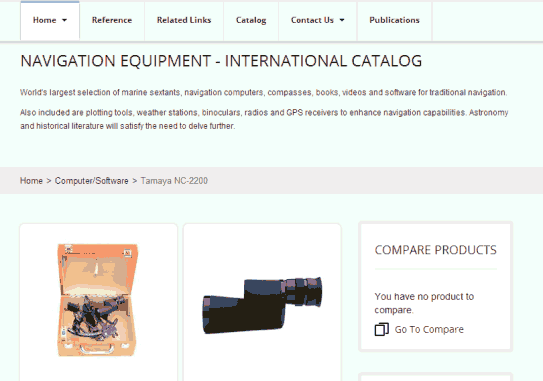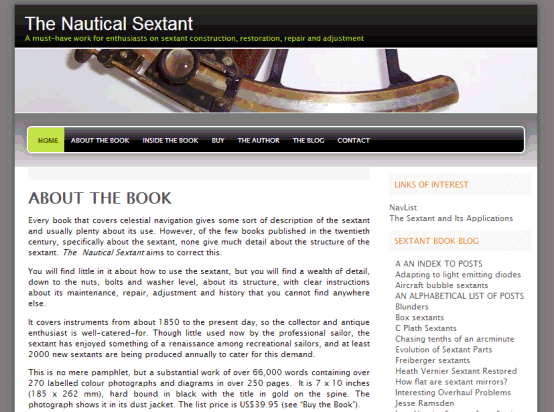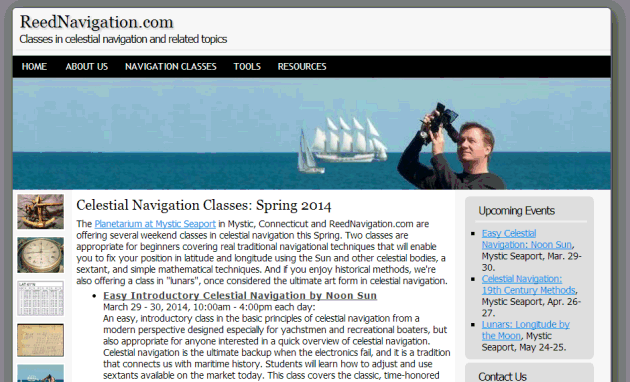
NavList:
A Community Devoted to the Preservation and Practice of Celestial Navigation and Other Methods of Traditional Wayfinding
From: Frank Reed
Date: 2018 Nov 21, 08:03 -0800
Tony, you wrote:
"we are expected to have rather good DR to use it for the slope selection. If our DR is not so good - could we do more harm than good by introducing a wrong slope?"
Well, you know how this goes... You can fantasize all day long. Armchair scenarios can always be invented that will break the rules. For example, you might speculate about a lost mariner on a raft made of twigs in the mid-Pacific. This mariner has no means of keeping a reliable DR position. Oh, but our "castaway" just happens to have a high-quality sextant and also a good watch and all the other tools of the trade to do celestial navigation... You can see that a scenario like this becomes absurd very quickly. This will never happen.
If you are in the position to use this slope-adjustment procedure, you are surely also confident in your DR. You may assume that your DR is good enough. Of course, it's an interesting exercise to experiment with this numerically. How bad could it get? Suppose your DR is off by ten miles in latitude. Suppose you're shooting stars that are in the range from 15° to 75° high (nearly always available) over the course of twenty minutes. How badly wrong might your results be if you calculated your slope based on this imperfect DR? What could you do differently if you were worried about this? What options do you have?
A more realistic concern might be major currents. Suppose you're in Gulf Stream in the Atlantic east of North America or the Kuroshio current that ranges out for hundreds of miles east of Japan, and suppose that you have an excellent DR which you believe to be accurate to a few miles. In the area of the current, you might easily have an unexpected net current of 2-3 knots (some aspects of the currents are dependable, but eddies are normal and often create currents that are opposite the average expectation). If you shoot sights over twenty minutes, how would that unknown current affect the predicted slope of the observations? This is not difficult to work out. If I think I am in an area with no net north-south current while shooting a star that is generally south of me, but in fact there is a current of two knots to the south, then over the course of half an hour the star will rise by one minute of arc due to the current alone.
The problem here is that the rate of change of a star's altitude is dependent on the speed over the ground, relative to the Earth's solid mass, which we cannot directly measure. A navigator at sea who employs methods involving the rate of change of altitude needs to be aware --and be wary-- of this. It's easy to get wrapped up in the calculation details and obsess over exact values for calculated quantities. It's much more important to have skill at estimating error bars. If I calculate a slope based on declination and latitude and other precise astronomical and geographic data that's accurate to 0.1 minutes of arc per hour, it's important to remember that this is equivalent to a tenth of a knot, and there's no way to have that kind of certainty about speed over the ground. Numbers can be accurate but meaningless.
Frank Reed
PS: Getting back to your experiments with non-linear curve-fitting, have you considered the "increments and corrections" in the standard Nautical Almanac. Suppose I rip those tables out of the Nautical Almanac and leave you with just the daily pages. If you have, for example, the GHA and Dec of the Moon for 18, 19, 20, and 21 hours UT on some date, how could you calculate the Moon's exact position at, let's say, 19:15:30 from the listed positions? Can you see how the v and d corrections are derived? What do they correspond to in your curve-fitting analyses?

